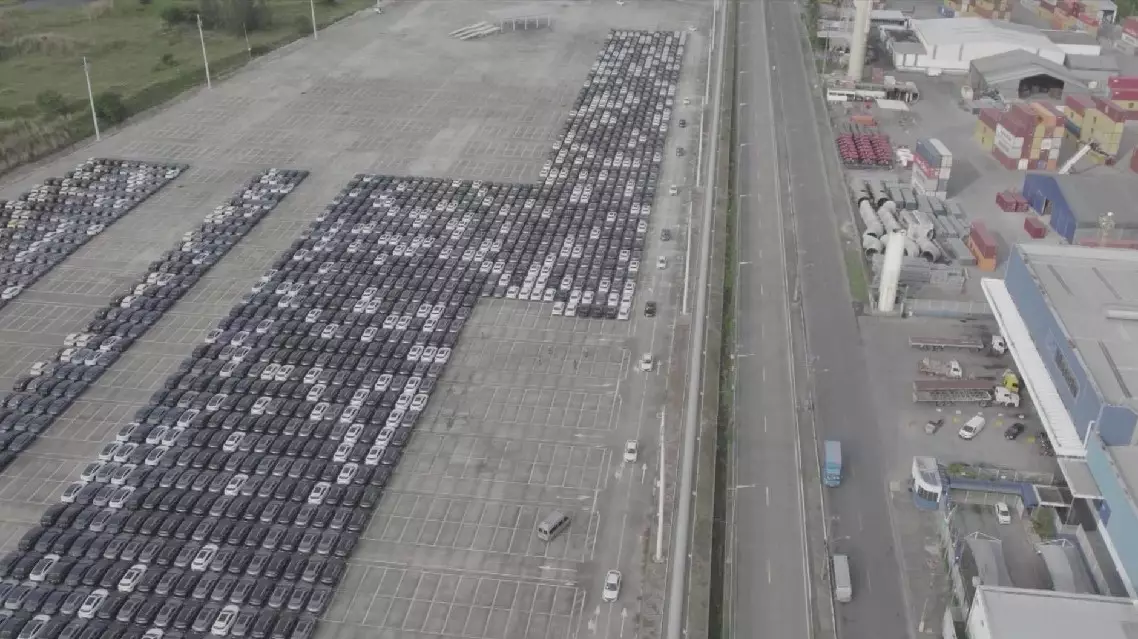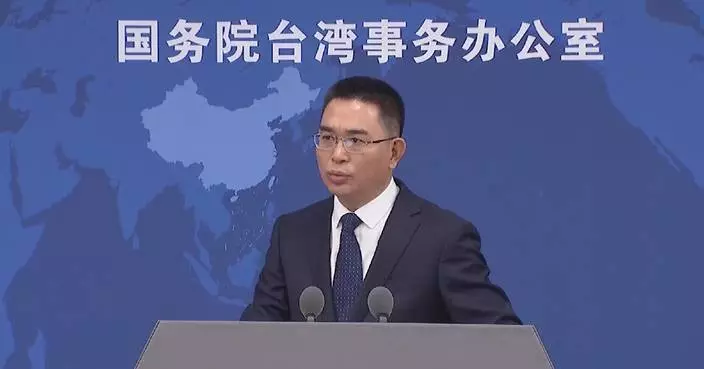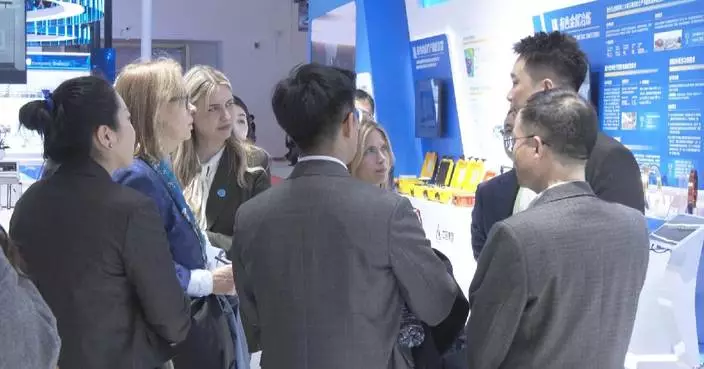China has become the second-largest exporter of motor vehicles to Brazil, with exports from China to Brazil seeing an increase of more than 300 percent year on year, according to the Brazilian National Association of Motor Vehicle Manufacturers.
Driven by cooperative efforts between the two counties, the trend is giving rise to innovative new types of vehicles produced by Chinese carmakers with support from Brazil.
In the first quarter of this year, the import volume of Brazilian passenger cars reached 1.5 billion dollars, marking a 46.4 percent year-on-year growth. Vehicles from China accounted for 40 percent of this total, with a significant rise in electric and hybrid cars, reaching a 450 percent year-on-year surge.
This substantial growth is attributed to efforts made by Chinese companies, including close cooperation with local enterprises and localized production.
"It's important for the brands to include a strategy to produce something in Brazil, to complement importation with local production," said Ricardo Bastos, chairman of the Brazilian National Association of Motor Vehicle Manufacturers.
Through active market research, Chinese companies have made breakthroughs in market segments, leveraging Brazil's abundant resources and collaborating with local firms under local policy frameworks.
"There is a mutual benefit in cooperation. We are developing hybrid vehicles using alcohol as fuel, which is supported by the Brazilian government. They will implement preferential policies in this area for the vehicle industry," said Li Tie, general manager of the Brazilian branch of BYD, a Chinese new energy vehicle company.
Brazil boasts the world's largest and most advanced ethanol fuel industry, allowing Chinese companies easy access to inexpensive and clean hydrogen.
Chinese companies have been engaging with potential partners in Brazil, including the government, scientific institutions, investment firms, and hydrogen manufacturing enterprises, to introduce hydrogen trucks and buses, thereby reducing costs and pollution in Brazilian public transportation.
To foster an environment conducive to electric vehicles, Chinese carmaker BYD, in collaboration with local businesses, plans to install 600 direct current charging stations across eight Brazilian cities over the next three years.

Chinese vehicle exports surge in Brazil, fueled by electric, hybrid vehicles









